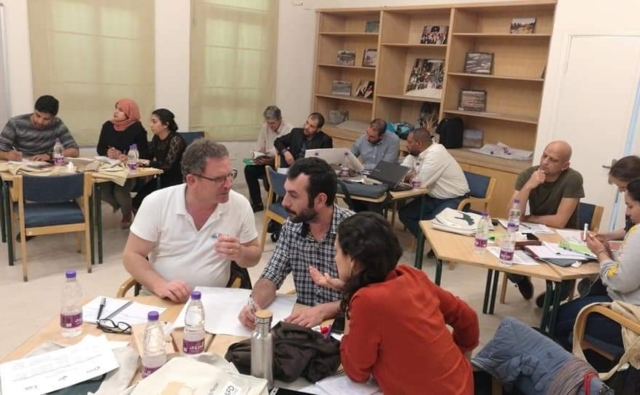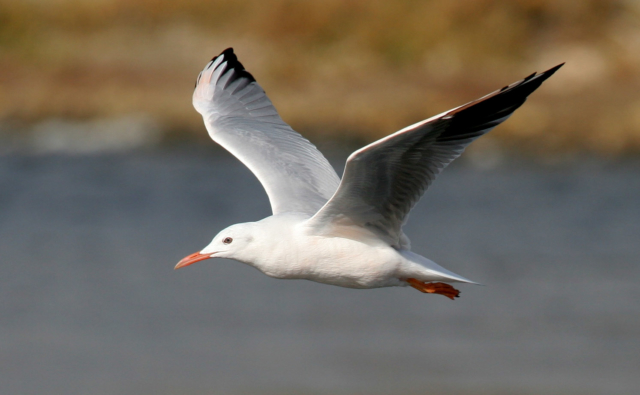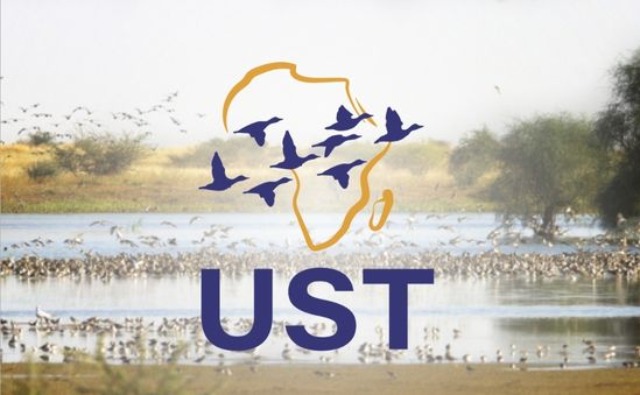 Wolfgang Cramer is CNRS Director of Research at the Mediterranean Institute of marine and terrestrial Biodiversity and Ecology (IMBE).
Wolfgang Cramer is CNRS Director of Research at the Mediterranean Institute of marine and terrestrial Biodiversity and Ecology (IMBE).
1) As a researcher at the IMBE, co-president of the Comité national français des changements globaux (French national committee on global changes), and IPCC contributor, what can you tell us about the impact of climate warming on Mediterranean wetlands—in the long term as well as today?
While an overall assessment is still lacking, the situation is nonetheless quite simple: non-coastal wetlands are likely to be directly affected by global warming, which will result in a reduced water supply, and consequently longer and/or more severe droughts. As for coastal wetlands, they are likely to simply disappear, due to the rising sea level, which is headed toward an even higher level than the IPCC forecast several years ago.
In terms of the water balance, we must take account of the fact that the Mediterranean Basin is one of the regions in the world where all climate models not only predict significant warming (much higher than the global average), but also where a drop in precipitation is predicted by most models—a rare degree of consistency when it comes to precipitation. The combination of higher temperatures and lower rainfall will logically result in much drier conditions.
In terms of the coastal systems, the origin of the problem is far from the Mediterranean Sea, in the Arctic (Greenland) and the Antarctic, where the ice is melting at an increasingly rapid rate, much faster than was predicted only a few years ago. This water is then distributed around the world, resulting in a sea level rise that is likely to exceed one metre in the Mediterranean Sea in the 20th century. The most significant impact will come from floods linked to storms, which will cause a more significant inflow of salt water into lagoons and other wetlands, and the permanent submersion of some areas will become inevitable. Dykes could be reinforced in some cases, but there will be technological and financial limits.
2) How can the scientific community contribute to making our society more aware of this crucial issue? At what levels do you think it is the most effective to take action?
In the first place, the scientific community has been conducting fundamental research for years, which obviously remains a fundamental base for influencing decisions. Some of us have also made a commitment to engaging in better communication with ‘decision-makers,’ by which I mean the politicians who take decisions locally, nationally, and internationally, as well as private decision-makers such as corporate leaders and citizens. This commitment must be strengthened. First of all, by ensuring that the information presented in scientific publications is placed in a context of risk analysis that is very concrete for decision-makers, and which must not be confused with ‘communication’ that targets the general public.
Once the risks have been quantified, a substantial amount of communication work must be carried out, via public presentations and other talks, but also through the efforts of organisations at the interface between science and politics such as the IPCC, the IPBES, and the MedECC.
However, many scientists are asking themselves today if their risk analysis and communication activities are adequate. It is a personal decision made by each of them, but I have observed that more and more colleagues would like to change their personal habits to help lower greenhouse gas emissions, such as travelling less by car or plane, or even cutting back on all travel. Some are also beginning to get involved in politics, either in an NGO or a political party that is interested in these questions, an association, or even through civil disobedience. In my opinion, we can no longer require scientists to be ‘impartial’ or even ‘disinterested’ to maintain their credibility. Time has run out for this type of position.
3) The Tour du Valat has developed the Mar-O-Sel simulation tool to better understand the direct impact of climate variables on wetland hydrology. What do you think of the relevance and interest for land management and planning of the results recently published by the TdV based on Mar-O-Sel simulations?
I will first need to learn more about their Mar-O-Sel tool. Wetlands management and planning is one thing, but another is to make the general public and decision-makers understand that the current trajectory of greenhouse gas emissions means that much of this land will no longer be manageable at all and no longer usable by future generations. Ideally, any such analytical tool should enable the people concerned to better understand these risks.
Contact: Wolfgang Cramer (e-mail)



